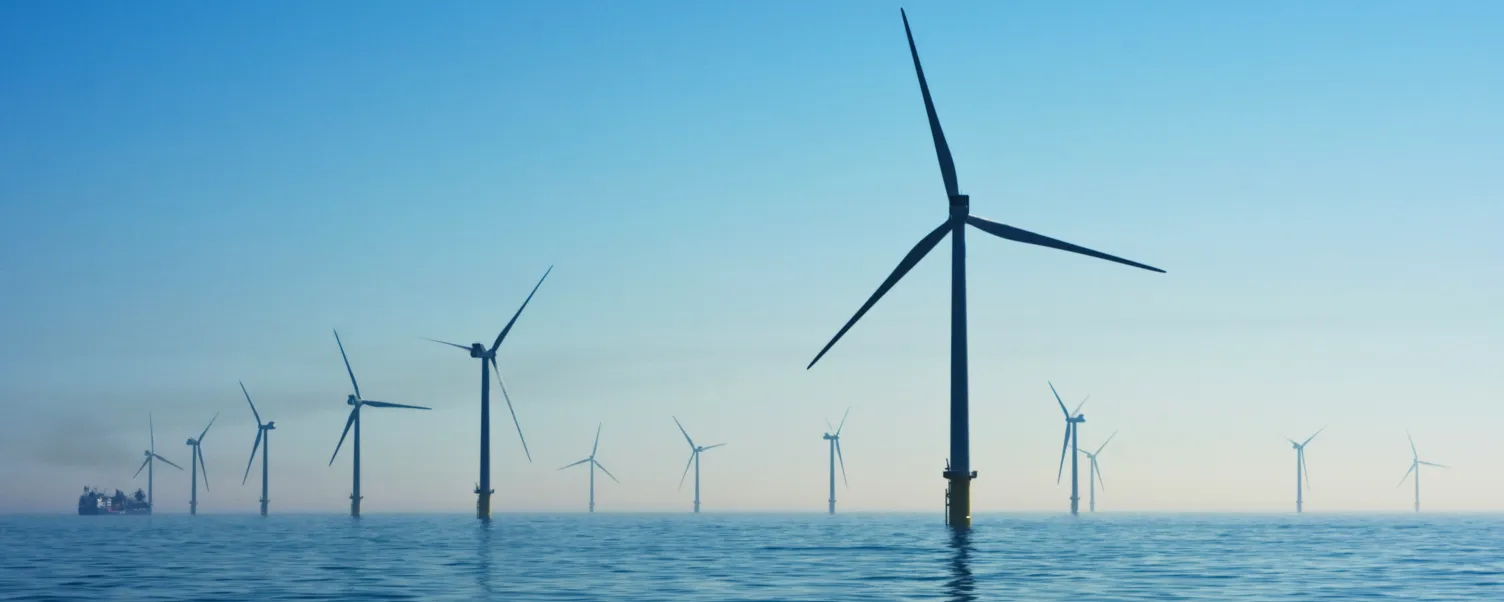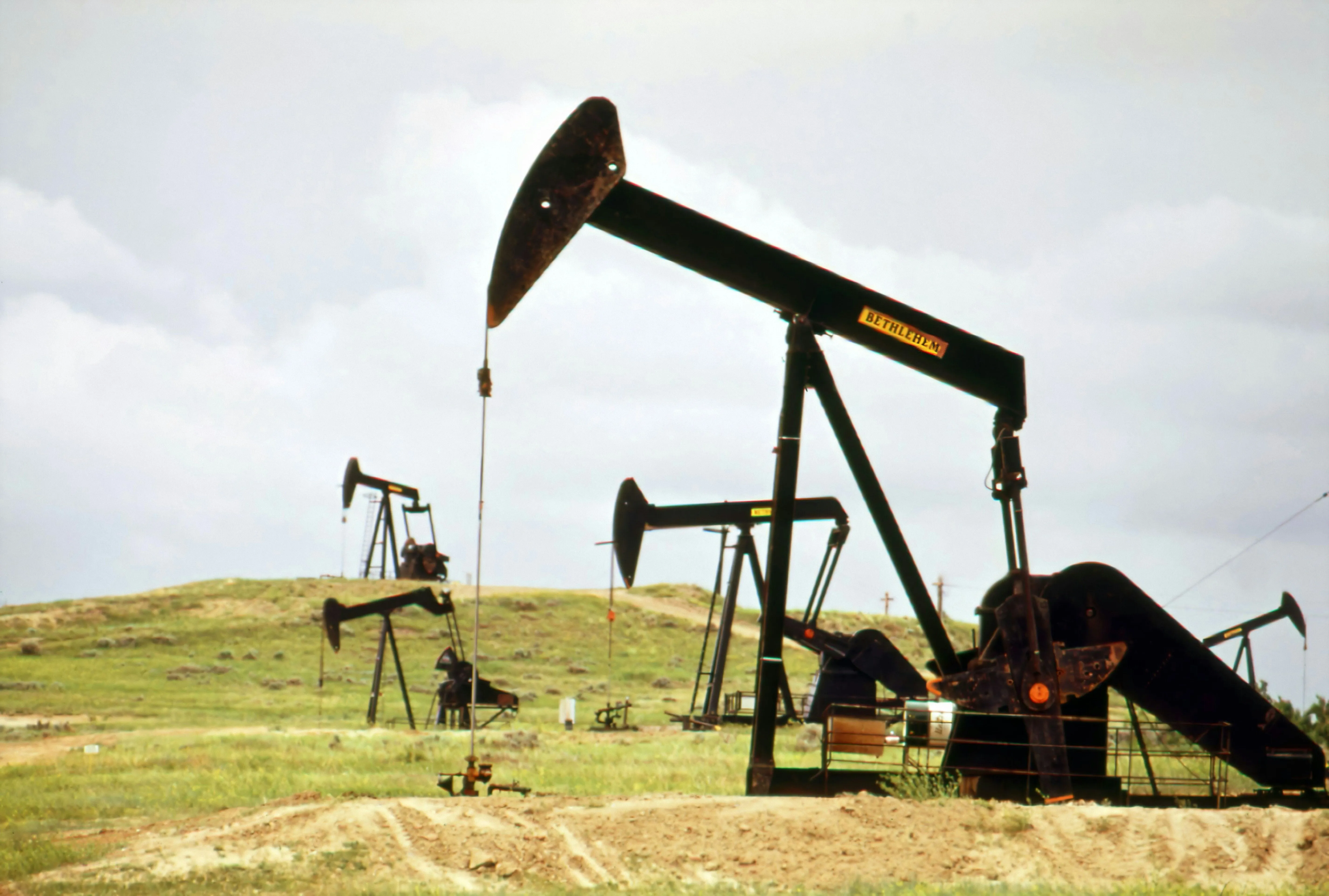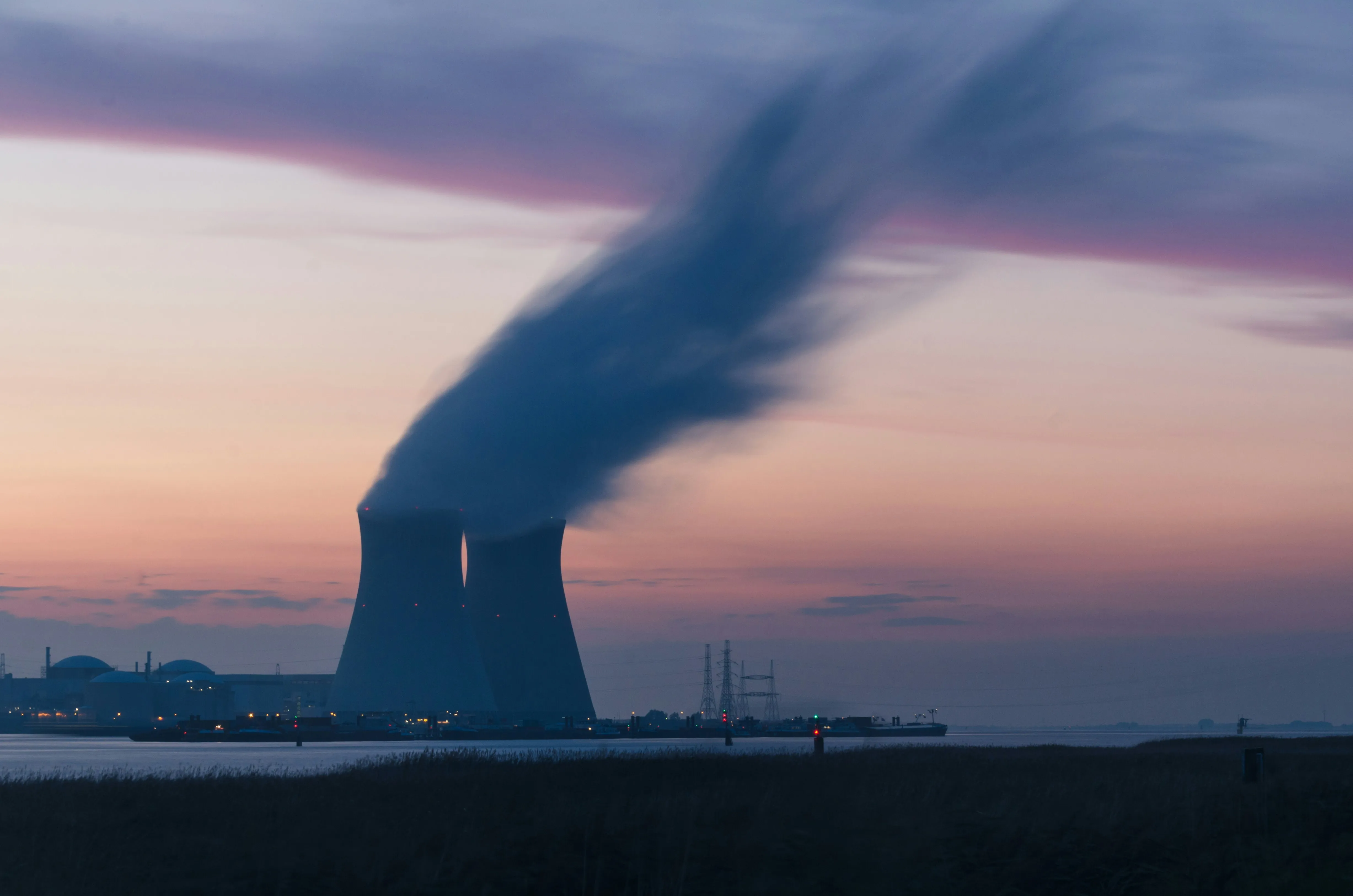
24 september 2025
Energy News September 2025
USA and EU agreed on a framework for fair and balanced trade
Last summer, the United States and the European Union reached an agreement aimed at creating fair and balanced trade between them. Under this agreement, the U.S. will either apply its standard Most Favored Nation (MFN) tariff rate or a 15% tariff – whichever is higher – on goods coming from the EU. However, for certain products such as natural resources that are not available domestically, aircraft and their parts, generic pharmaceuticals and their ingredients and chemical precursors, only MFN rate will apply. The list of these exceptions may be expanded in the future to include other products that are important to either economy.
The U.S. and EU also committed work together to ensure that their energy supplies are secure, reliable, and diverse. This includes efforts to remove non-tariff barriers that could limit energy trade between them. As part of this cooperation, the EU plans to purchase liquefied natural gas, oil, and nuclear energy products from the U.S., with an expected total value of $750 billion by 2028.
In response to U.S. concerns about how its small and medium-sized businesses are treated under the EU’s Carbon Border Adjustment Mechanism (CBAM), the European Commission has agreed to go beyond the recently expanded de minimis exemption. It will also work on introducing more flexibility in how CBAM is implemented.
Additionally, the EU has committed to making sure that its new sustainability regulations—the Corporate Sustainability Due Diligence Directive (CSDDD) and the Corporate Sustainability Reporting Directive (CSRD)—do not create unnecessary obstacles to trade with the U.S. This includes efforts to reduce the administrative burden on companies, especially small and medium-sized ones, and to reconsider certain requirements, such as those related to civil liability for due diligence failures and obligations tied to climate transition planning.

OPEC increases oil production
OPEC+, the alliance of oil-producing countries including Russia and Kazakhstan, will significantly increase oil production starting in September, ending a two-year policy of output restrictions. The group agreed unanimously in July to raise production by 547.000 barrels per day and once again in September to raise by 137.000 barrels per day, citing strong economic fundamentals and low oil inventories. This decision comes amid concerns over disrupted Russian oil supplies and U.S. pressure on India to stop buying Russian oil. The International Energy Agency (IEA) warns of a global oil surplus of 2 million barrels per day by winter, which could push prices down to around $60 per barrel.
The increase ends a voluntary cut of 2,2 million barrels per day led by Saudi Arabia, Iraq, and the UAE, originally intended to counter weak demand and the rise of electric vehicles. Although meant to last three months, the cuts continued for nearly two years but failed to prevent falling prices and internal tensions. Competitors like the U.S., Brazil, and Canada expanded production, reducing OPEC+’s market share. Since March, OPEC+ has gradually reversed its cuts to regain lost ground, with production rising sharply in July and again in September.

Introduction of 15-minute trading intervals on European spot markets
European spot markets will introduce 15-minute trading intervals from 1st of October, marking a significant step toward more granular power trading across the continent. The move from hourly trading blocks to quarter-hour intervals allows more precise matching of supply and demand amid boom in solar capacity, set to reach 400 GW later this year. The launch had been delayed from June amid system readiness concerns for such a major trading change. The Market Coupling Steering Committee confirmed that the 15-minute Market Time Unit will go live on 30th of September.

UK government decides in FID for new nuclear reactor of 44 B€
The UK government has officially approved the construction of the Sizewell C nuclear power plant in Suffolk, northeast of London. The plant will consist of two EPR reactors with a combined capacity of 3,2 gigawatts. It is a replica of Hinkley Point C, which is currently under construction in western England.
The British government will hold a 44.9% stake, making it the largest shareholder, while the rest will be owned by private investors. Centrica and France’s EDF will invest 15% and 12.5% respectively, while Canada’s pension fund La Caisse will take 20%, and Amber Infrastructure will hold 7.6%. Financing was challenging due to rising costs, with the total investment now estimated at €44 billion. Previous EPR projects in Finland and France also faced major cost overruns. The project was initially launched by EDF but stalled after Chinese partner CGN withdrew due to UK strategic concerns.
